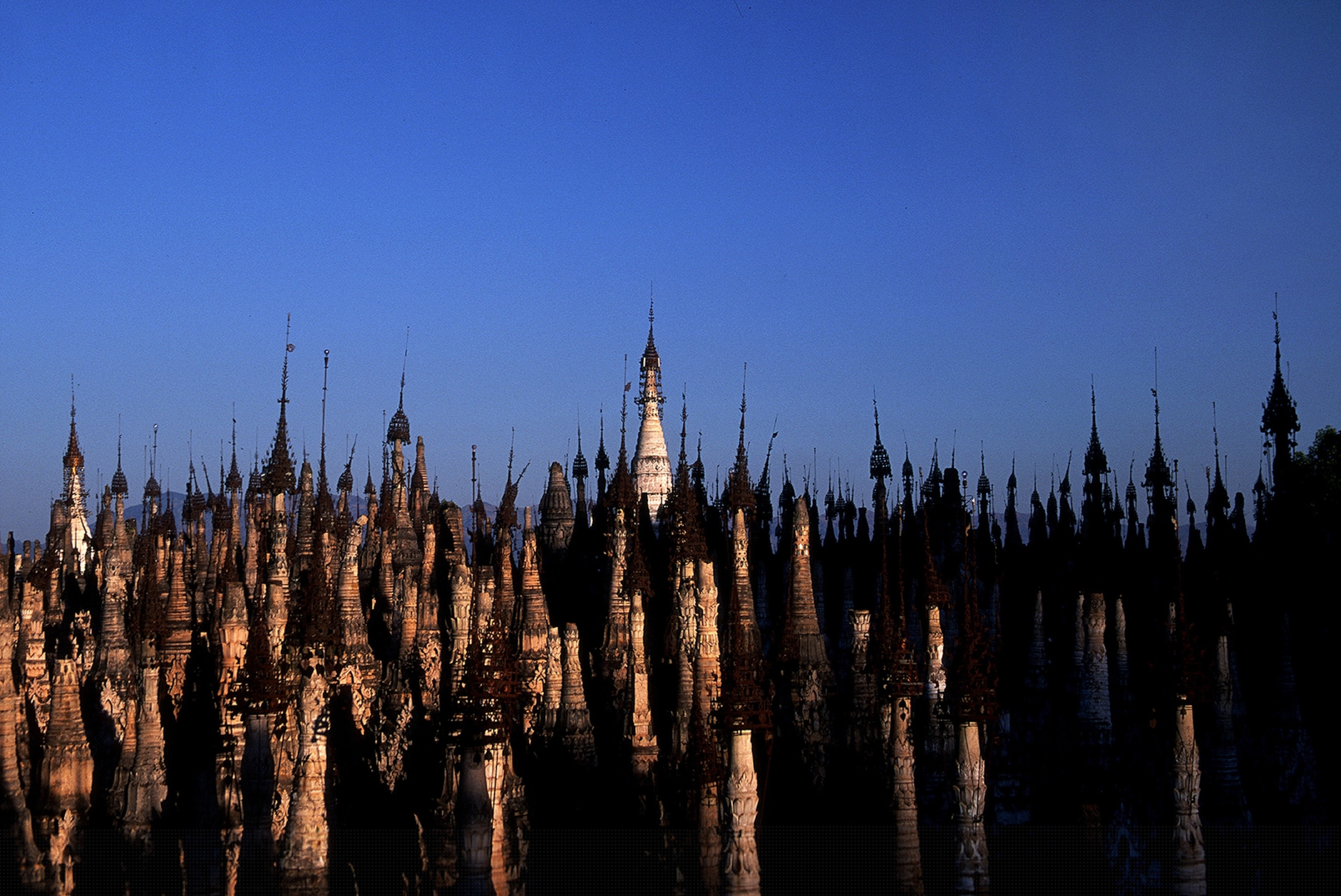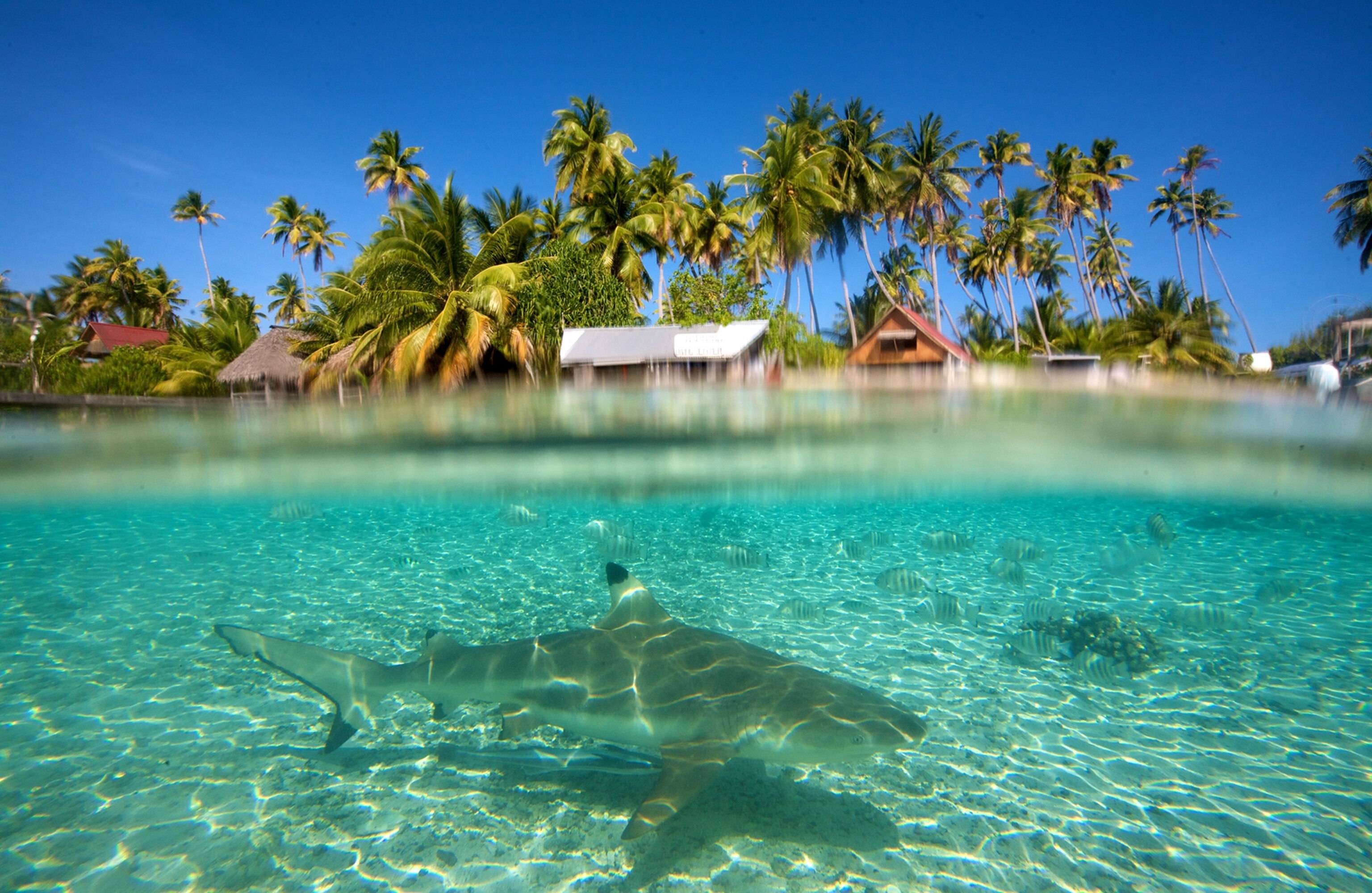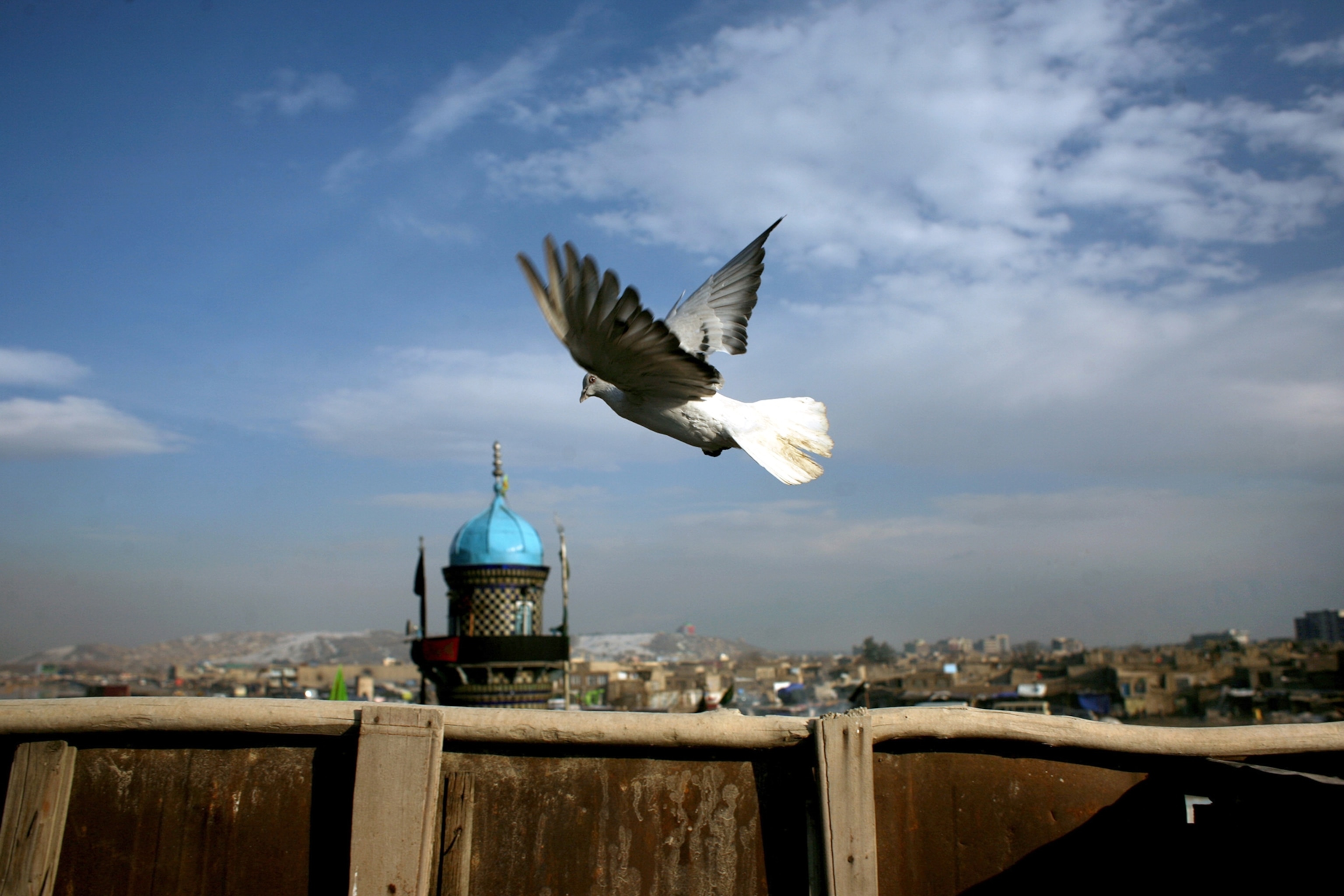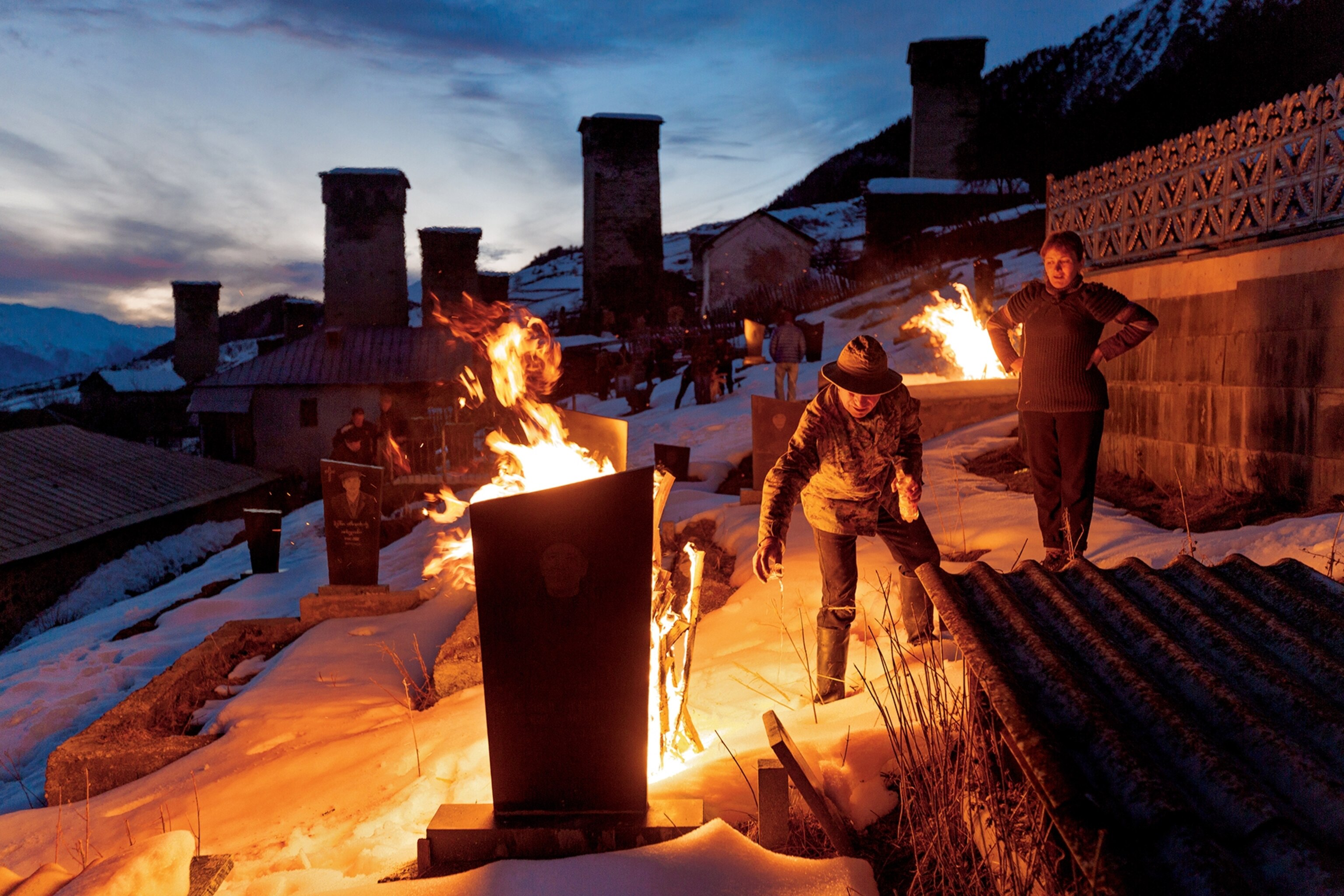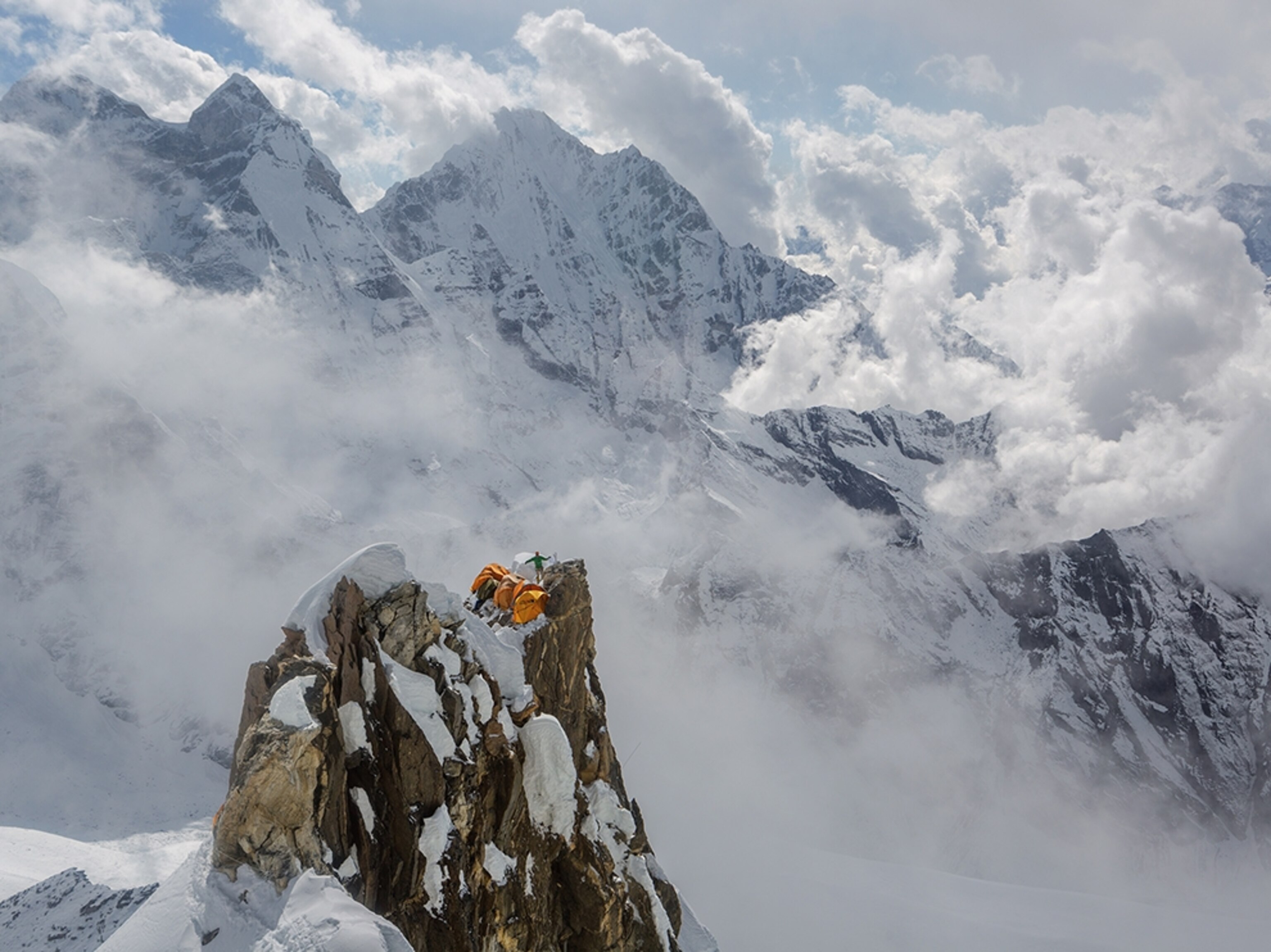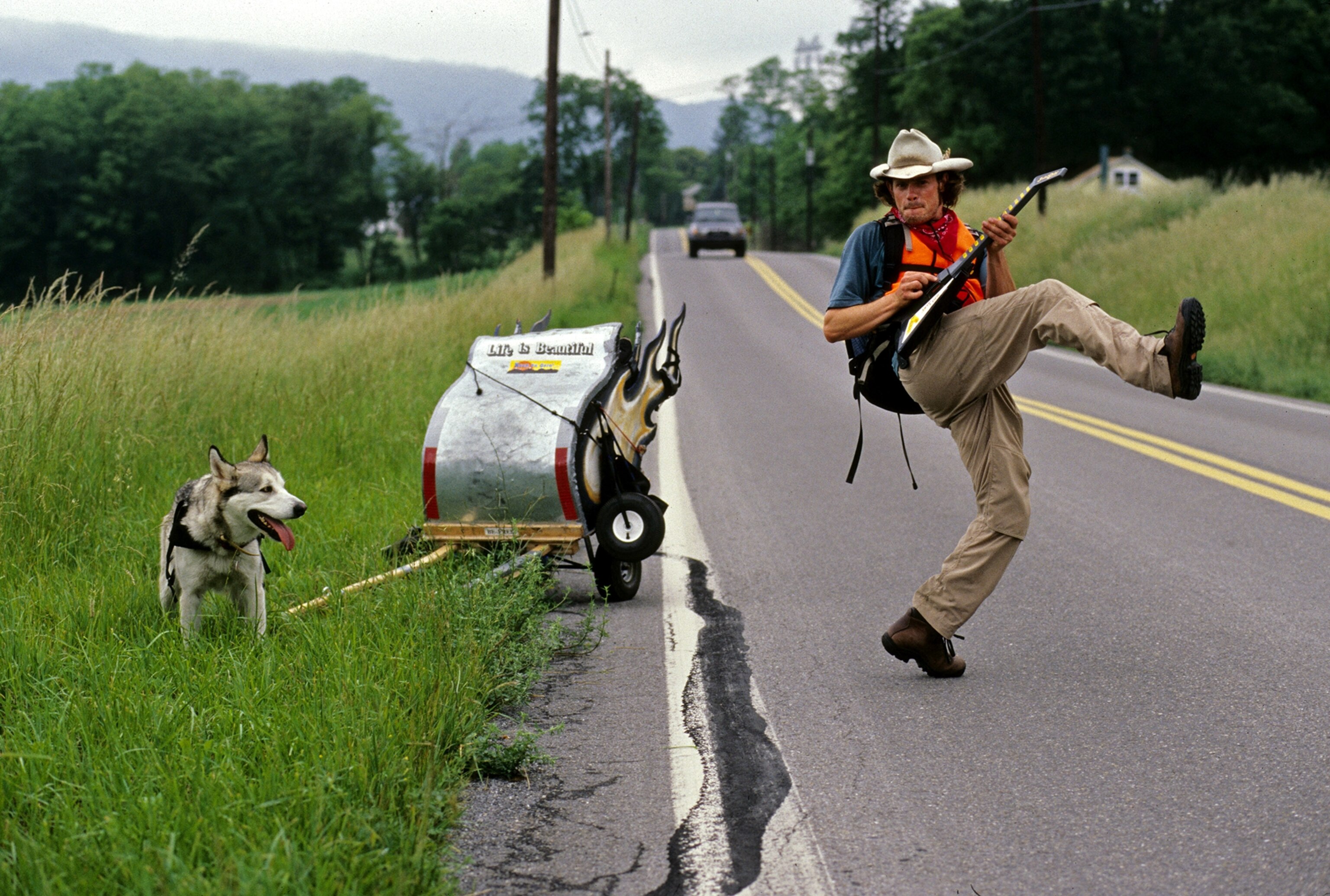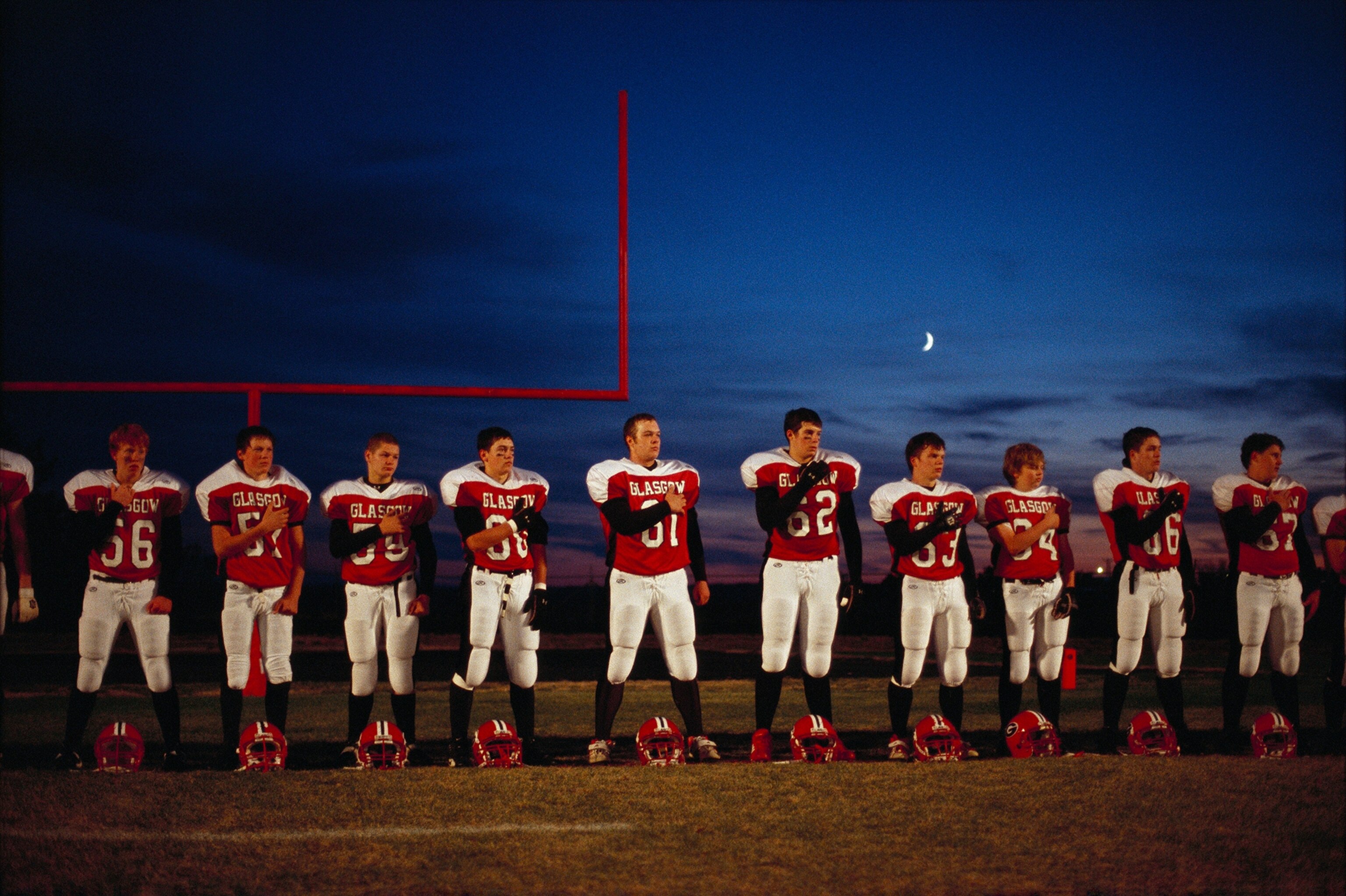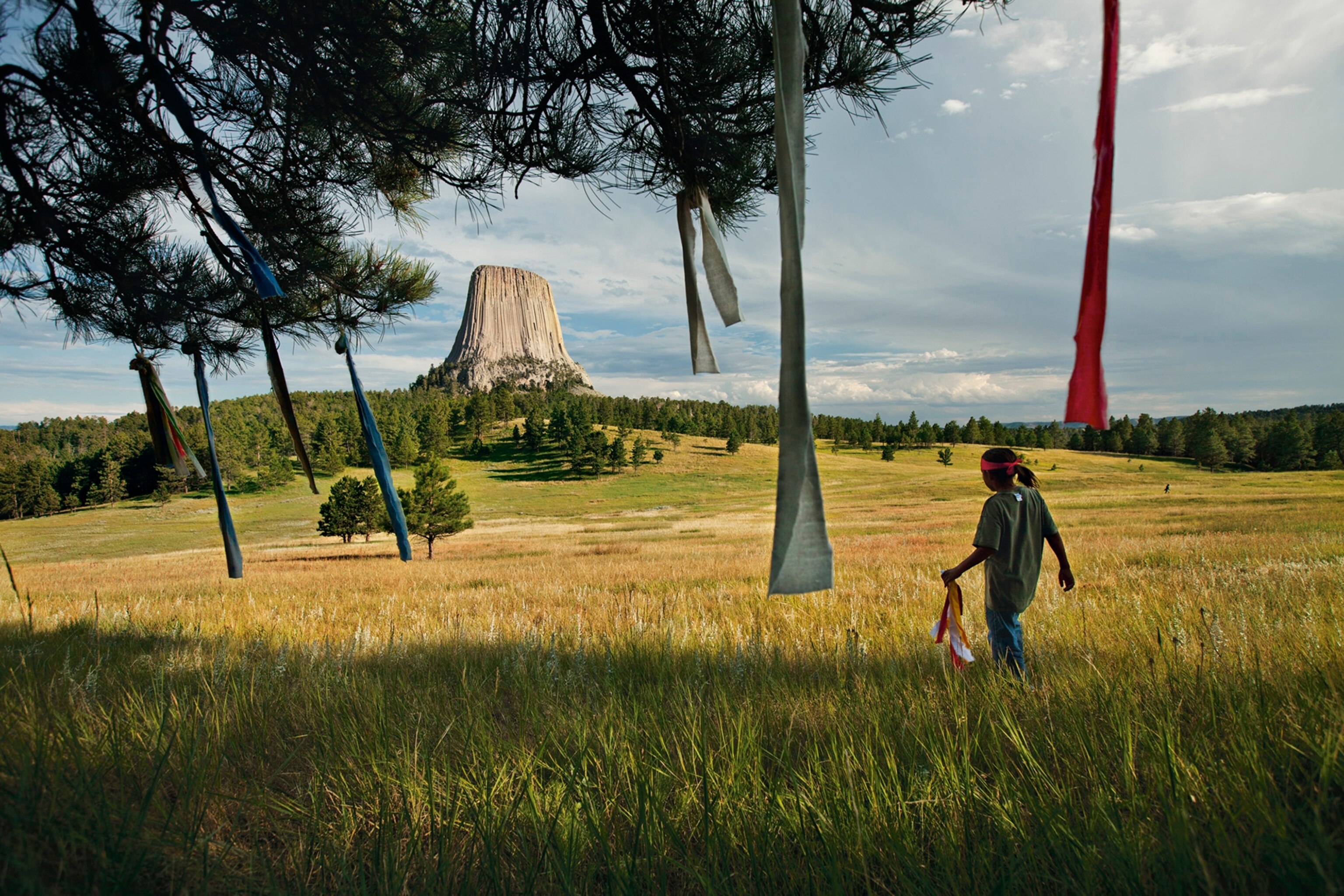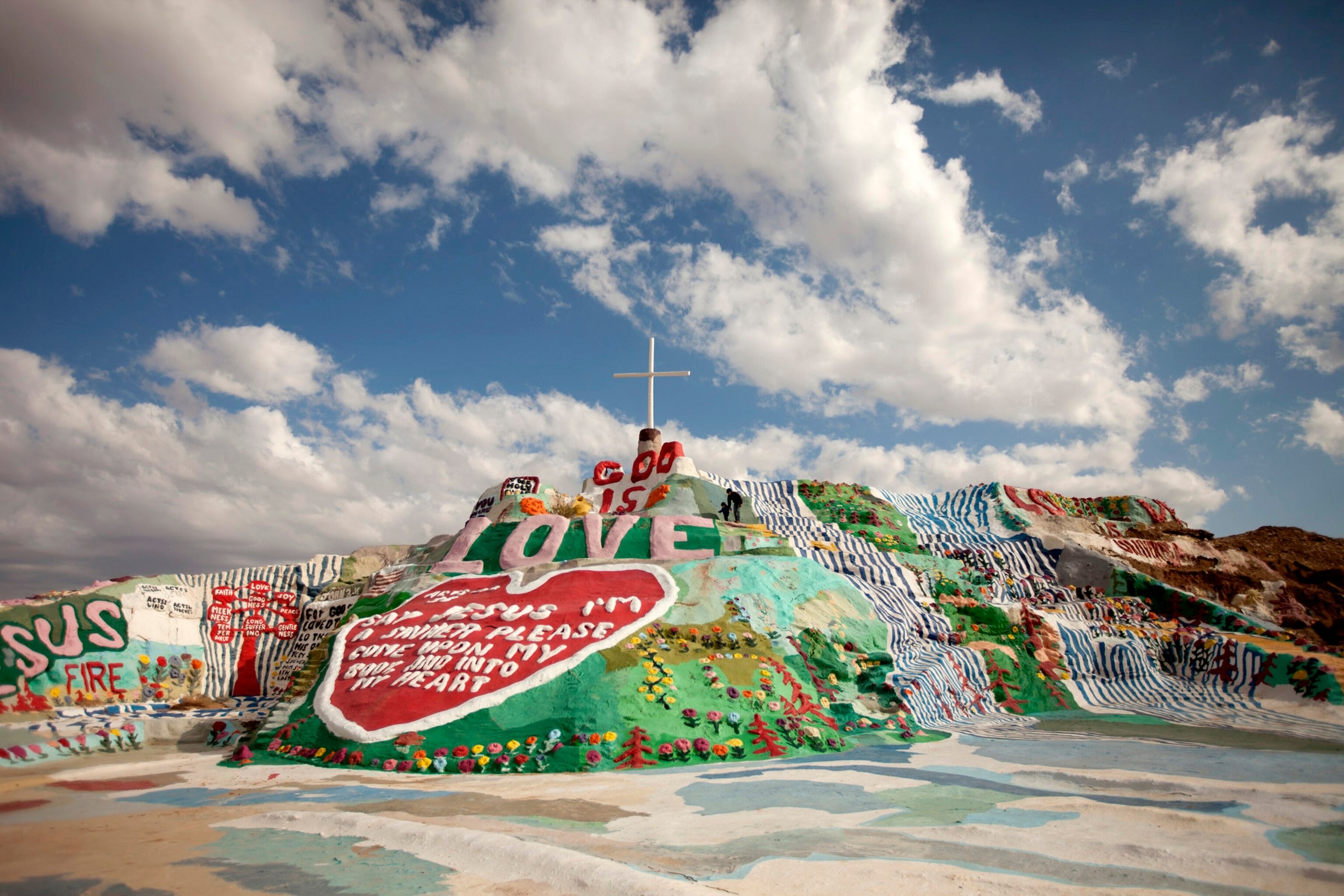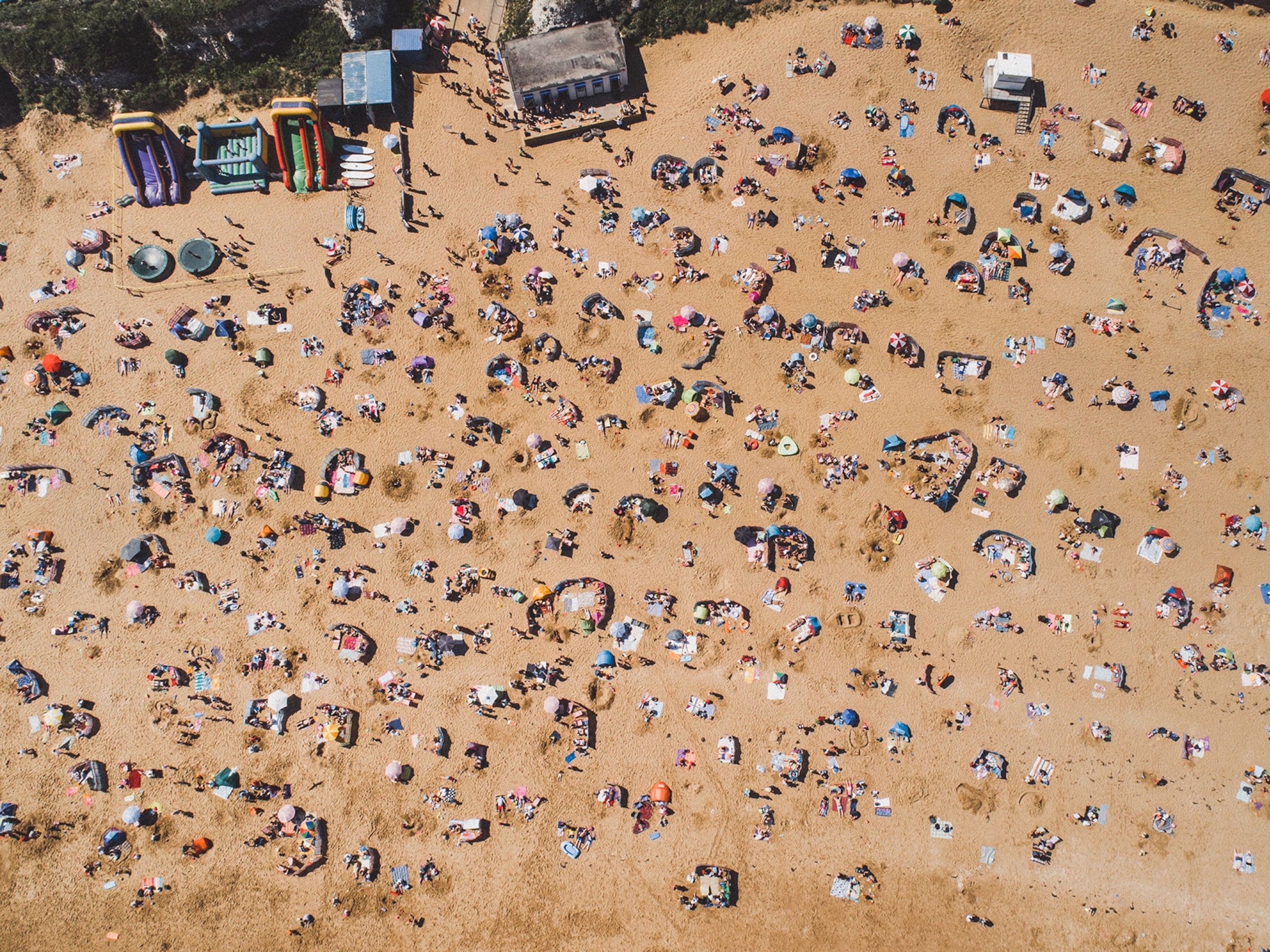1 of 10
Photograph by Aaron Huey
Photographer Aaron Huey's Favorite Places to Photograph
Aaron Huey has traveled the world, shooting in some of the planet's most beautiful locations. In his own words, Huey tells us about his favorite places to visit—and photograph.
December 3, 2015
- National Geographic Expeditions
Travel with National Geographic
